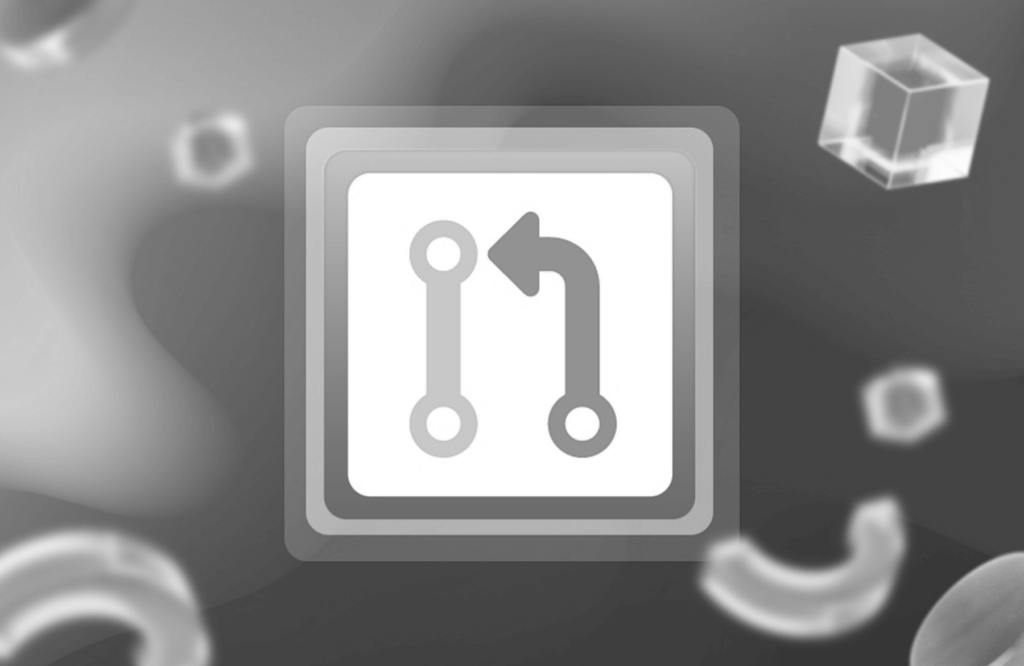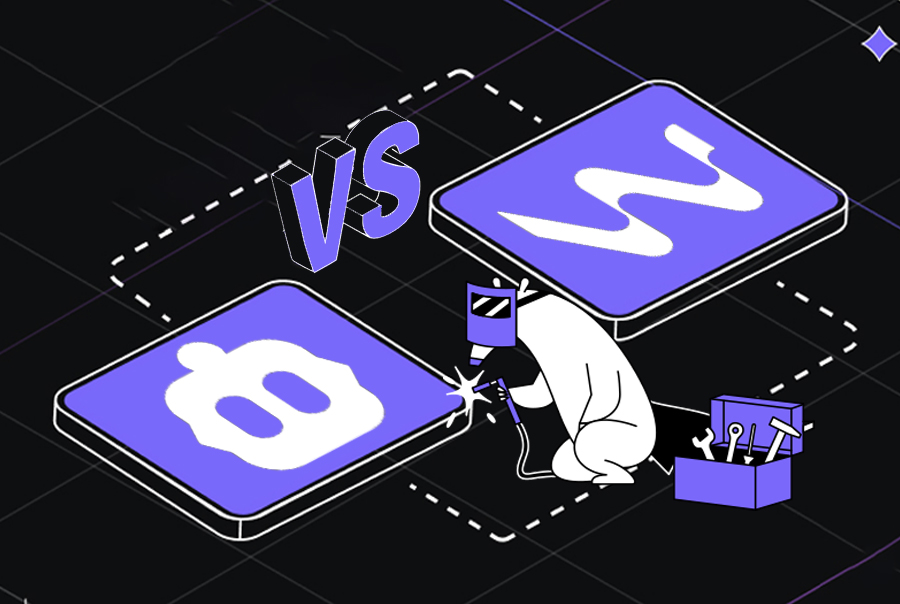Crafting Exceptional Pull Requests: A Step-by-Step Guide


What is a pull request, and why are pull requests needed?
A pull request (or PR) is a proposal or request by a developer to merge code changes from a feature branch into the main branch of a repository. It enables other developers and contributors to review, discuss, and offer feedback before the changes are integrated.
Pull requests serve as a checkpoint to ensure that code quality and standards are maintained and potential bugs or security risks are identified before they reach production. PRs provide a mechanism for developers to submit, review, and integrate code changes seamlessly into a larger project.
In this guide, we’ll explore the code review and pull request process and share some pull request best practices.
How to do a pull request
To create a pull request, start by committing your changes to a branch and pushing that branch to the remote repository.
In the pull request form, provide a clear title and description that explain what changes you made and why. If necessary, choose reviewers who will evaluate your code. Once you’ve filled out the details, submit the pull request.
After submission, be prepared to respond to feedback from reviewers. Make any required changes to your code and push those updates to the same branch. Once your pull request is approved, merge it into the base branch.
Finally, after the pull request is merged, consider deleting the branch if it’s no longer needed and pull the latest changes to keep your local repository up-to-date.
Best practices for crafting exceptional pull requests
A well-crafted pull request can make the difference between a smooth code review and a frustrating, time-consuming process, which can slow down the entire software development cycle. Below are some tips to help you improve your pull requests.
1. Implement small, focused changes
Huge pull requests that touch multiple parts of the codebase are intimidating, harder to review, and more likely to introduce unintended side effects. They are also difficult to review, test, and debug. Therefore, one of the cardinal rules for creating a pull request is to keep it small and focused.
- When adding features or fixing bugs, try to limit the scope of your changes to one feature or one bug at a time.
- Follow atomic commits. Each commit should serve a clear purpose and introduce a single logical change.
- Pay attention to code overcomplication. The simpler the code, the easier it is to read and maintain. Get rid of complex pieces of code.
2. Provide a detailed description
Your PR title and description are the first things reviewers will see, so make them count. A descriptive title and detailed explanation make the reviewer’s job easier and reduce back-and-forth questions.
- Describe the problem the pull request is solving in the title.
- Explain the solution and why you chose this approach.
- List affected areas of the codebase so reviewers know where to focus.
3. Provide test coverage
One of the pull request best practices is to include unit tests or integration tests with your code. Not only do tests validate your code, but they also offer insight into how the code should behave. Tests are a non-negotiable part of high-quality code. Providing adequate test coverage reduces bugs, enhances maintainability, and shows that you take code quality seriously.
- Write tests that cover edge cases to ensure robust code quality.
- Run tests locally before submitting your pull request.
- If adding tests is not possible (e.g., for complex UI changes), provide clear instructions on how to manually test the feature.
4. Ensure code style consistency
The code must comply with the agreements and the code style. Consistency of the code is a necessity; such code is easier to maintain and to understand. Style inconsistencies cause unnecessary friction during code reviews and can distract from the functionality of the code. Use linters and formatters to automatically ensure that your code adheres to your team’s coding standards.
- Follow language-specific style guides (e.g., PEP8 for Python, Airbnb for JavaScript).
- Use automated tools like ESLint, Prettier, or Flake8 to enforce code style rules.
- Avoid unnecessary changes like reformatting entire files when only making small fixes.
5. Link to related issues or documentation
If your pull request is solving an issue, include a reference to the relevant issue number in the description. This helps maintain a connection between the problem and the solution. Linking to related issues and docs helps the reviewer understand the broader context of the change.
- Use the agreed format to automatically close the issue when the PR is merged.
- Link to any relevant documentation, especially if your changes require updates or clarifications in the documentation.
6.Request feedback and encourage discussion
When submitting a pull request, encourage feedback from your peers. You can also use GitHub’s request-for-review feature to ask specific team members for their input. Code reviews are an opportunity to learn, so approach them with a collaborative mindset.
- Be open to constructive criticism and welcome suggestions on improving your code.
- Ask clarifying questions if a reviewer’s comments are unclear.
[blog-subscribe]
How to review pull requests: best practices for reviewers
Reviewing pull requests is just as important as creating them. Below are some recommendations that will help speed up the code review and improve its quality.
Let’s break the process down into two areas and consider each one separately:
- How do you check the code, and what do you focus on?
- How can you prevent disputes and reduce stress during discussions?
Checking the code
1. Run the author’s code locally
Running the code in a local environment may help you spot performance problems, bugs, or unintended behavior that aren’t obvious from the code alone.
Try to see the code as a whole and to look beyond local changes, don’t just focus on how the specific task is addressed. Take a step back and consider how the changes will impact other modules and the project as a whole.
Assess architecture. Does the code maintain the architectural integrity of the project? Are there better ways to structure it?
2. Pay attention to error handling
Consider how the project will behave if a specific line of code fails. It’s common for developers to stop the execution of a function without providing proper error handling or feedback, which can lead to hidden issues. Instead, ensure that all potential failure points are properly handled with clear error messages or fallback mechanisms, so the system can recover gracefully and users are informed when something goes wrong.
3. Encourage simplicity and consistency
If the code feels overly complex, suggest ways to simplify it. Ensure the code adheres to team agreements and follows established coding standards. Pay attention to naming conventions as well-names should be clear and descriptive, making it easier for other developers to understand the purpose of classes, functions, and objects at a glance.
4. Focus on meaningful code comments
Check that comments focus on why the code is written in a particular way rather than just describing how it works. If the comments only explain the mechanics of the code, encourage the author to add context that will be more useful in the long run.
Discussing the changes
When discussing a pull request, focus on the code. Comments should aim to improve the code, not criticize the developer. Avoid sarcasm, rudeness, or aggressive tones. On the flip side, as the author, don’t take feedback personally. Code reviews are about collaboration and helping you see what others might notice.
Pull requests are usually done on platforms like GitHub, GitLab, or Bitbucket, where changes can be reviewed, and comments can be left on specific code sections.
1. Offer alternatives
Avoid comments like “You did this wrong” or “Why would you write it like this?” These come off as personal criticism and can make the author defensive. Instead, focus on the code itself, not the developer, and suggest improvements without sounding bossy.
A helpful approach:
- Point out what’s wrong with the code and why it needs improvement.
- Offer an alternative solution.
2. Express your thoughts clearly
For effective communication, explain your thoughts clearly and in detail. Not everyone has the same knowledge level, and vague comments can cause confusion. Clear explanations help ensure everyone is on the same page.
If you’re unsure about a suggestion or the reasoning behind it, don’t hesitate to ask questions. This can lead to insightful discussions and is a great opportunity to learn something new.
3. Resolving conflicts
Most conflicts can be resolved through an open, face-to-face conversation with a friendly and respectful tone. Sometimes, it’s worth compromising, as arguing only slows down progress. If the disagreement persists, involve the whole team to collaboratively decide on the best approach. For the current code review, it may be best to leave the code as is and create a separate task for any controversial issues. Avoid relying on vague promises like “I’ll fix it later,” as those often go unaddressed. Instead, assign clear refactoring tasks to ensure the problems are properly handled.
4. Value all opinions equally
In teams with varying experience levels, it’s important not to prioritize one person’s comments over another’s. Everyone’s input matters, and dismissing certain opinions can lead to disengagement or a lack of participation. Treat all feedback with respect to ensure a productive code review.
Crafting exceptional pull requests is both an art and a science. Pull requests play an important role in the development process and have a significant impact on the entire project, so neglecting them can be risky.

